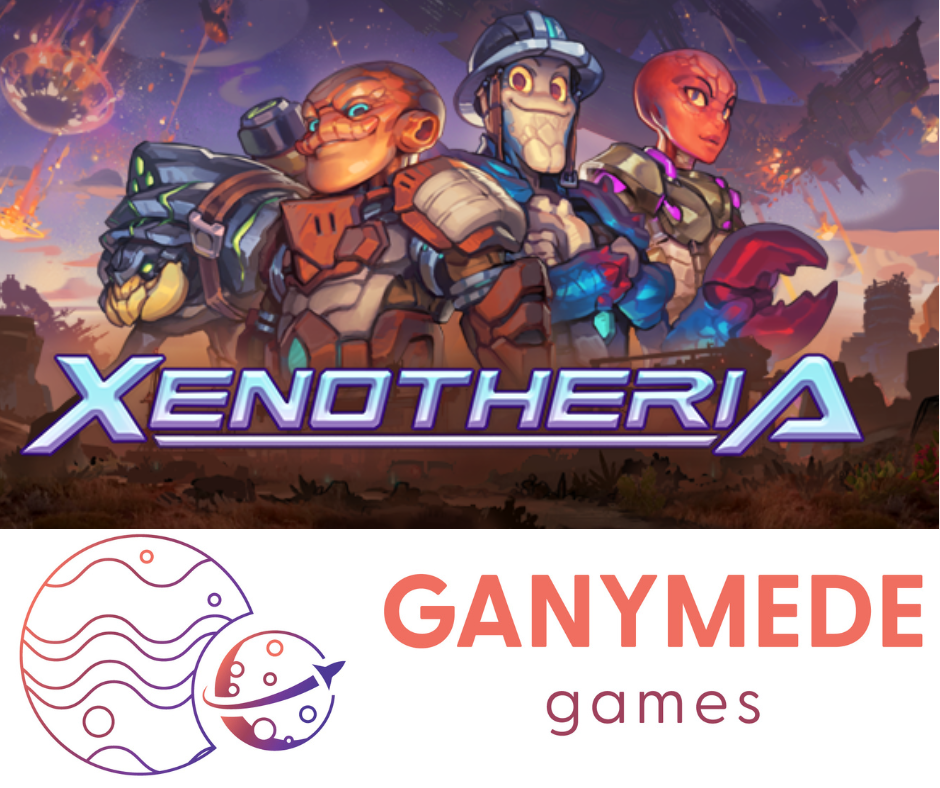Grownups Need Video Games, Too
Nov 07, 2022

By Jerry Prochazka
There is no doubt about it: people love playing video games. According to a recent Entertainment Software Association (ESA) study, roughly two-thirds of Americans play some video game in the U.S. That’s over 227 million people. There’s a massive market for new video game content, and many consumer gaming needs aren't currently satisfied.
Gamers I talk to regularly tell me that “games aren’t what they used to be.” Pure nostalgia?
I think not.
There are a lot of possible explanations for why so many gamers are dissatisfied with modern offerings. The shift of games from single products to games-as-a-service business models has lowered the bar for overall quality in many AA and AAA games. Too many developers believe issues can be fixed later, over the next few months or even years, failing to understand that bad UX or design is often not reparable within their budget or timeline.
You could also point to the serialization and “sameification” of many modern games, with companies like Ubisoft leading the charge. Open-world style games have taken the industry by storm, but there’s good evidence that if not done right, they often produce a more significant amount of lower-quality content. Many gamers are frustrated with repetitive fetch, defend, and kill quest designs in open-world games because every mission feels like the next.
These are solid reasons why gamers in 2022 are less satisfied with the games on offer than ever before. But I’d like to submit another theory based on my company’s extensive research and polling.
A Mismatched Market
Everyone who knows anything about video games understands the massive amounts of time and effort that go into building them. Studios will routinely use teams of hundreds of employees working overtime for multiple years to produce a single title. But something we don’t consider as often is the amount of time that a video game requires of a player. So many current multiplayer titles stretch out character/player progression as far as possible to get more player engagement.
And that’s where video games are right now: in a state of imbalance. Social media algorithms that have successfully driven online engagement are directly applied to video games as we move towards a microtransaction model of engagement. This microtransaction model offers players two choices: 1) purchase in-game content with real-world dollars or 2) spend hundreds of hours grinding out the in-game currency to buy the same overinflated item.
But it doesn’t have to be this way. Using the power of customer discovery, our studio, Ganymede Games, delivers the types of games the research tells us people want.
Our Process
We started with a commitment to do a deep dive into our customers. When we sent out an open request for gamers to write to us with their opinions about what types of video games they truly wanted to spend their time on the most, we got 7,500 literal essays back. The amount of information we received was so overwhelming that we had to hire a third party to bring in data analytics software to analyze the amount of qualitative data we had.
The results were startling. We quickly identified a market of gamers, primarily over the age of 35, who were very clear that they would no longer pay for games that didn't fit their lifestyle. Instead of spending hundreds of hours getting into a competitive shooter like Overwatch, or Apex Legends, these folks wanted a much more casual gaming experience.
Instead of a long grind, we found that these gamers wanted short bursts of quality content. Above all, our respondents told us in no uncertain terms that they hated feeling like they were wasting time. Somewhere along the path to 4k graphics and 150-player count shooters, we lost a sector of the audience without even knowing it.
With this critical insight, we completed hundreds of hours of customer interviews, and we began developing our first game at Ganymede Games. Xenotheria is a Sci-fi RPG deckbuilder with a heavy focus on story and world-building. Set to release on PC via Steam Early Access in 2023, Xenotheria is poised to solve inherent problems that the gaming community has been feeling for years.
Making The Game That We Need
Most experienced game developers will tell you that you don’t build anything that doesn’t have a purpose. If you do, you end up with a product no one wants. That’s why we put so much emphasis on the customer discovery part of the process. Working with some incredible mentors at Techstars, we’ve been able to keep running studies to ensure we’re on the right track.
This model of building each small piece of the game and then stopping to get feedback is a compelling way of going about game design, and it has the potential to extend beyond this project. Techstars believes in our company because they’ve seen our work on the backend. Instead of starting with a singular creative vision, free-to-play business model, a storytelling goal, or other individually biased game design strategy types, we’ve reversed the process. Xenotheria will prove that our design philosophy works and we can better serve overlooked and underserved audiences.
Jerry Prochazka is the co-founder and CEO of Ganymede Games.
